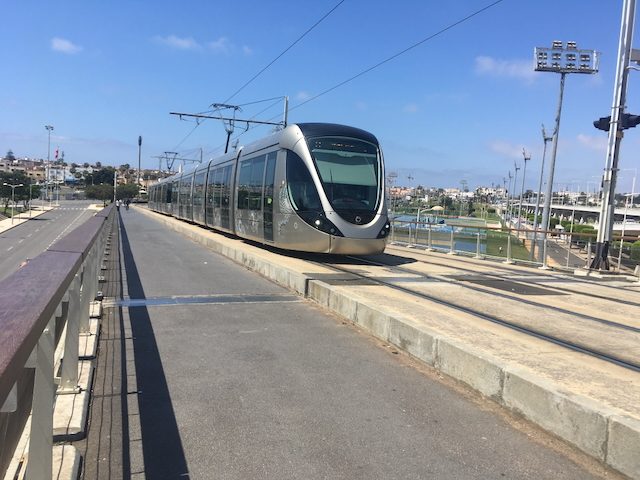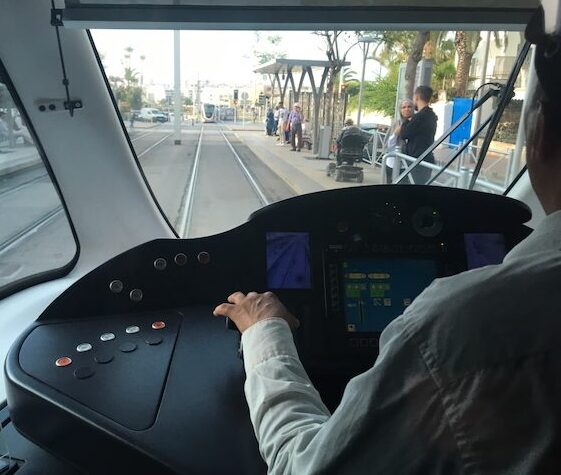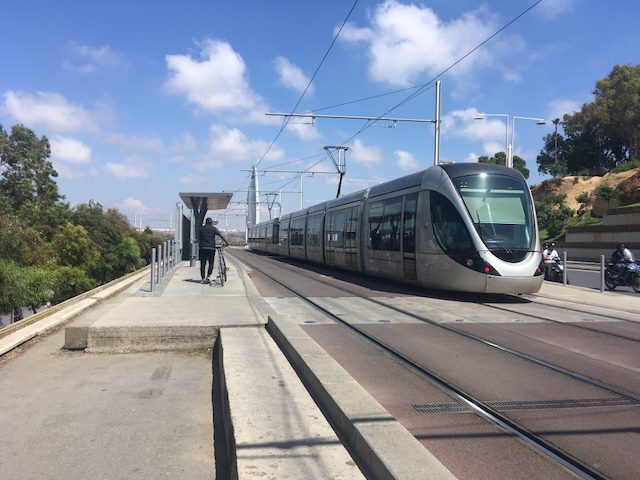RABAT-SALÉ , MOROCCO
Rabat - Salé: Morocco’s Overlooked Capital
Rabat, Morocco’s overlooked gem, blends history and modernity, offering a unique, two-for-one cultural experience with neighboring Salé.
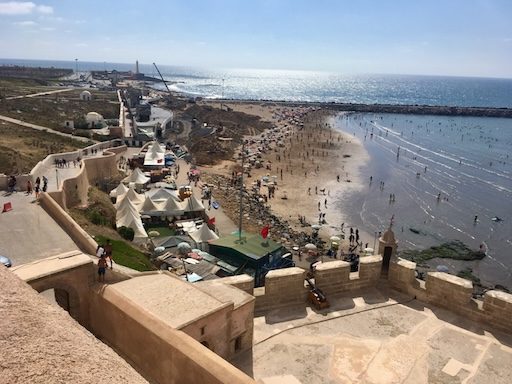
Of all the places I visited in Morocco, Rabat stood out as the most pleasant. If I ever had to relocate to Morocco, it would be my city of choice. It offers a compelling mix of history and modernity. The medinas of both Rabat and Salé provide a rich glimpse into old Morocco, making it feel like a “two-for-one” experience. At the same time, Rabat is one of the country’s most cosmopolitan and liberal cities. A major highlight for me was its extensive tram system, which made exploring the area both convenient and scenic. While cities like Casablanca, Fes, and Marrakech are Morocco’s most famous destinations, Rabat remains a hidden gem that many travellers overlook.
The term Rabat–Salé refers to two cities separated by the Bouregreg River, along with Kenitra Province to the south, which together form a unified metropolitan area. Rabat, the capital of Morocco, is only the country’s seventh-largest city by population. However, when combined with its neighbouring city, Salé—a key commuter hub for Rabat—it forms the second-largest urban area after Casablanca.
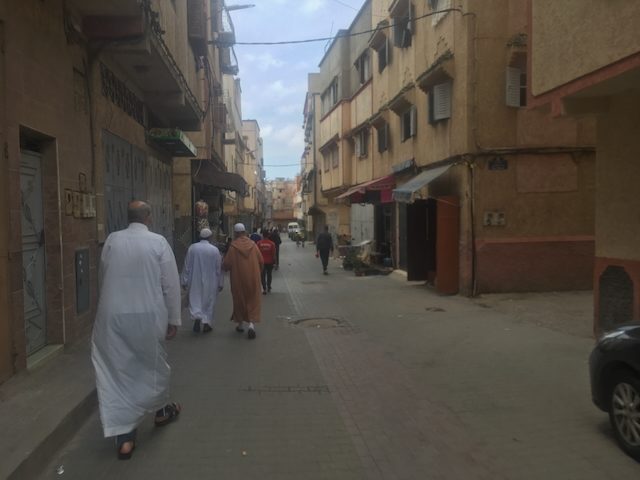
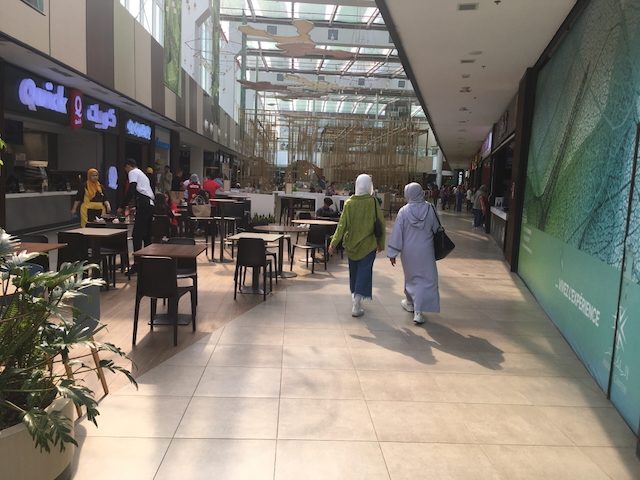
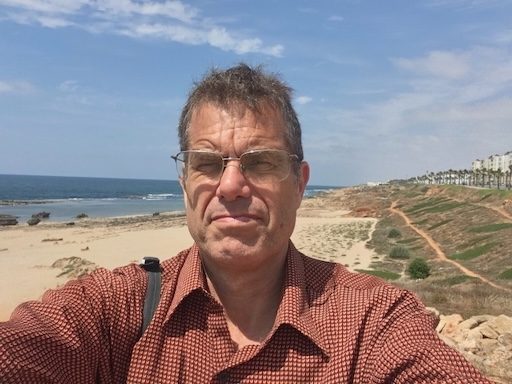
Why is Rabat the capital of Morocco?
Rabat’s story as Morocco’s capital city weaves together ancient history, colonial influence, and modern development. This UNESCO World Heritage city, one of Morocco’s four Imperial cities, traces its origins to the 10th-12th centuries when it began as a fortress called ‘ribat’ – which gave the city its name. Yet Rabat’s path to becoming the capital wasn’t straightforward; by the 16th century, the city had declined dramatically, housing only about 100 families.
The turning point came in 1912 when France established its protectorate over Morocco. In a pivotal decision following the Treaty of Fes riots, Marshal Lyautey, who administered Morocco for France, relocated the capital from Fes to Rabat. His choice was strategic, considering Rabat’s natural advantages. The coastal location provided pleasant weather year-round and excellent accessibility. Its proximity to Casablanca, which Lyautey correctly predicted would become Morocco’s economic powerhouse, proved crucial. Perhaps most importantly, Rabat offered extensive space for modern urban planning, allowing for the creation of wide boulevards and government buildings.
When Morocco gained independence in 1956, King Mohammed V made the significant decision to maintain Rabat as the capital. This choice launched an era of remarkable growth – the metropolitan population soared from 145,000 in 1950 to over two million by 2024. Today, Rabat stands as a unique blend of historical richness and contemporary infrastructure, serving as Morocco’s political and administrative heart while preserving its cultural heritage.
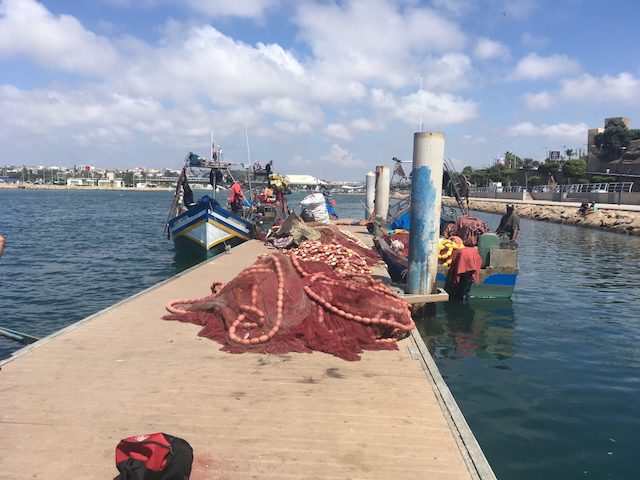
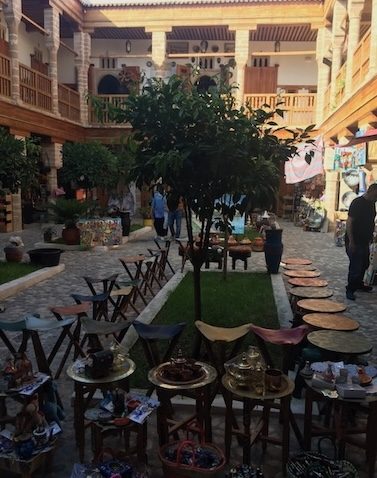
Exploring the Picturesque Waterfronts of Rabat-Salé
The tranquil atmosphere of Rabat-Salé is effortlessly inviting, with its scenic riverside and coastal areas providing a perfect blend of relaxation and urban charm. The connection between the two cities is particularly picturesque, enhanced by the pleasant year-round climate—during my visit, the sunny 25-degree weather made exploring on foot a delight. Wide, well-maintained walkways line the waterfront, offering an array of charming cafés and restaurants where visitors can unwind with local cuisine or a coffee while enjoying the serene views.
On the Salé side, the transformation of the riverside area began in the early 2000s, replacing former sports fields with a vibrant, modern development. By 2008, a marina was established through land dredging, now serving as a hub for luxury yachts and leisure boating. The most significant addition to the area is La Marina Rabat-Salé [map], a master-planned residential and commercial district featuring high-end apartment complexes, an elegantly designed Fairmont hotel, and upscale retail outlets, all seamlessly integrated with a scenic waterfront promenade.
La Marina Salé Residences cater to Morocco’s traditionally large households, with family sizes averaging around 4.6 members per home. Apartment prices vary significantly based on size and location—smaller units under 200 sqm, often boasting stunning sea views, command over USD3,000 per square meter. In contrast, larger apartments exceeding 300 sqm, located further inland without direct waterfront vistas, are available at nearly half the square metre price, sometimes as low as USD1,500 per square meter. While these expansive residences, some featuring up to eight bedrooms, may suit multi-generational living, their sheer size could limit their appeal to a broader buyer base.
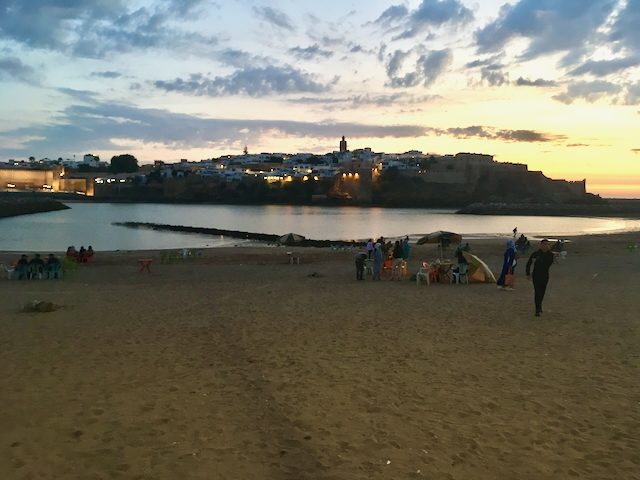
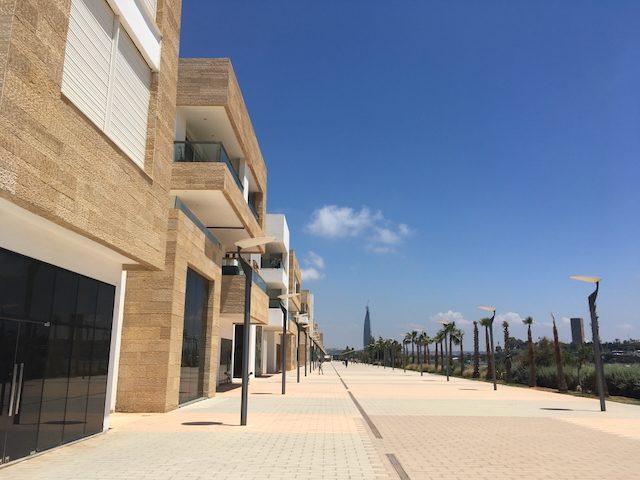
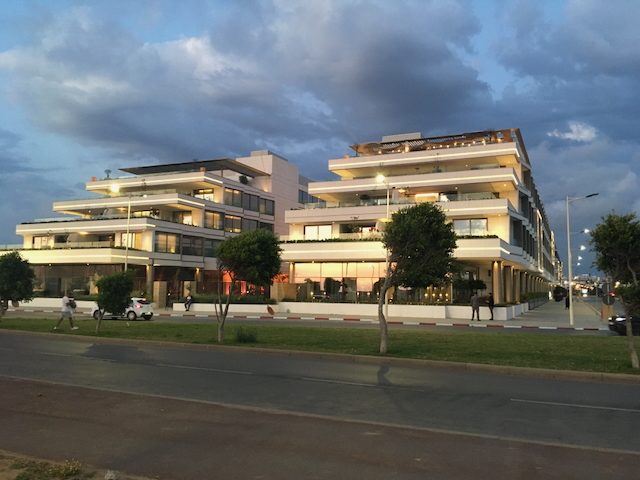
Rabat’s Riverside, Kasbah, and Coastal Charms
Crossing the bridge or taking the tram from Salé, it’s easy to access Rabat’s vibrant riverside. On weekends, the area comes alive with locals strolling along the Bou Regreg, leading directly to the historic Kasbah des Oudayas [map]. This 12th-century fortress, perched above the river and the Atlantic Ocean, is a defining symbol of Rabat’s rich past.
Inside the kasbah, you’ll find winding alleys, blue-and-white-painted walls, and a scattering of traditional shops catering to domestic tourists. Unlike the bustling medinas of Fes or Marrakech, this area offers a quieter, more relaxed experience. A highlight within the kasbah is the Andalusian Gardens, a beautifully manicured retreat that reflects Spain’s horticultural influence. Despite their name, these gardens were designed between 1915 and 1918 during the French protectorate and offer a peaceful escape from the city’s energy.
Beyond the kasbah, Rabat’s medina provides a different side of the city. While smaller and more modern than its counterpart in Fes, it remains lively and is worth exploring, especially for those interested in traditional Moroccan craftsmanship. Heading east from the medina, the coastal area features a quiet stretch of beach, particularly on weekdays. Moving inland, you’ll find Rabat’s diplomatic quarter, home to embassies and international NGOs, reinforcing the city’s role as Morocco’s political capital. Arribat Center [map] is a charming semi-open plan shopping mall that offers a modern approach to urban living. With its blend of contemporary design and a relaxed atmosphere, it provides a refreshing shopping experience for those looking to enjoy a modern lifestyle in the heart of the city.
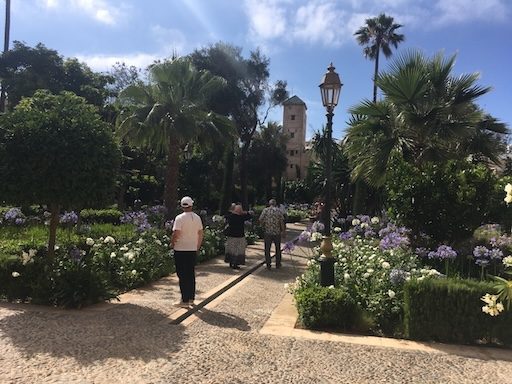
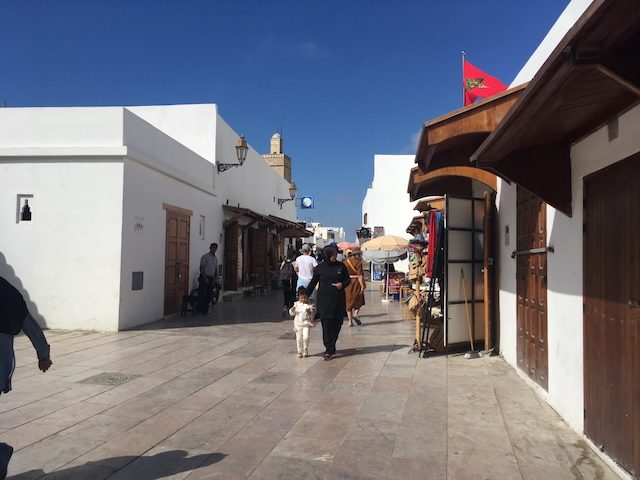

Salé Unfiltered: A Glimpse into Morocco’s Local Life
Salé, often overshadowed by its twin city Rabat, offers an authentic Moroccan experience away from the typical tourist crowds. Its medina (old town), where I stayed in a traditional riad-style hotel, reflects Morocco’s architectural heritage. Riads, once grand homes for extended families, are built around open-air courtyards, making them ideal for hotel conversions. While Salé’s medina feels raw and unpolished, its maze-like alleys provide an immersive and far more local experience compared to the heavily commercialized medinas of Fes and Marrakech.
Beyond the medina, much of Salé functions as a commuter town, serving those who work in Rabat. Though lacking the charm of its historical centre, it offers a glimpse into everyday Moroccan life that many visitors overlook. Taking the tram through the city allows you to see a more realistic, less touristy side of Morocco.
One of the most striking landmarks on the Rabat-Salé skyline is the Mohammed VI Tower, an architectural statement along the Oued Bou Regreg river. At 55 stories, it is the tallest building in Morocco and the third tallest in Africa, featuring a mix of offices, luxury residences, and the Waldorf Astoria Rabat-Salé hotel, which occupies 18 floors. Scheduled to open in 2025, the tower is set to become a new symbol of modern Morocco. Unfortunately, since it is not yet connected to the current tramway, I had to skip visiting it due to time constraints. Salé may not have Rabat’s polished appeal, but its authentic streets, historic medina, and emerging modern developments make it a fascinating stop for travellers looking to experience Morocco beyond the usual tourist trail.
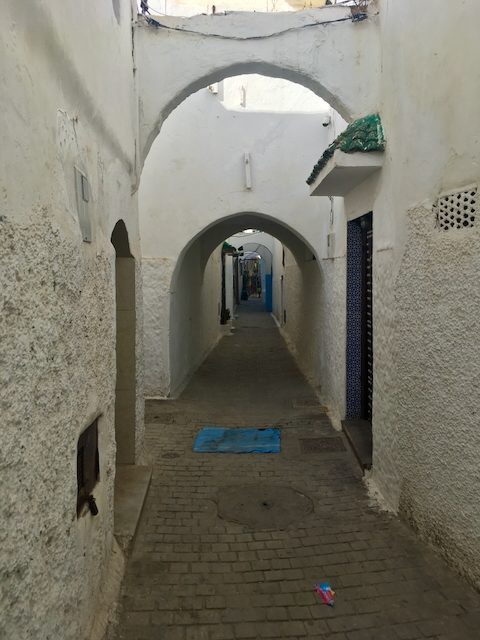
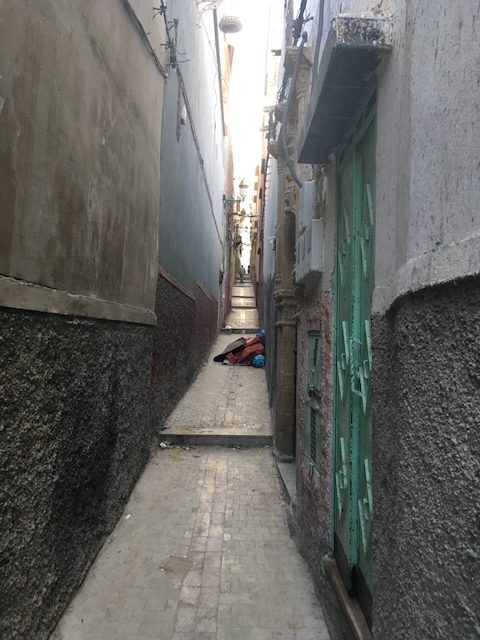
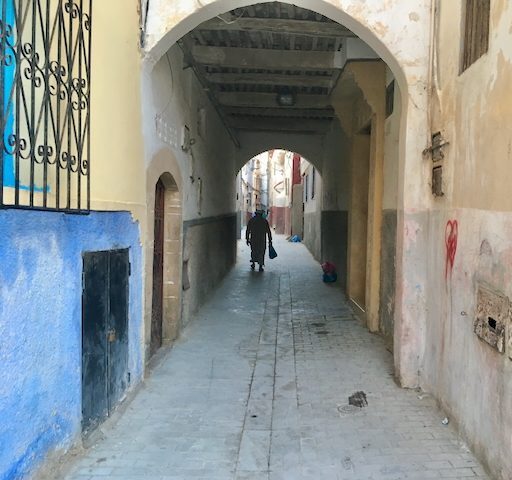
How to Get to Rabat-Salé: Travel Tips from Casablanca and Fes
Rabat-Salé is conveniently located just 90 km from Casablanca, making it an easy journey whether by car, train, or bus. The drive takes less than 90 minutes, while the train ride—whether on the high-speed Al Boraq train or the regular ONCF service—takes about an hour.
Coming from Fes, I took the train, which takes around three hours, making it ideal for coordinating hotel check-ins and check-outs. While most travellers disembark at Rabat Ville station, the train often stops at Salé station as well. Since my hotel was near Salé’s medina, I chose to get off there instead, which was just a short walk away from my accommodation.
When leaving for Casablanca, I departed from Rabat Ville station, the city’s main railway hub. While buses are available, I personally prefer traveling by train, as it is faster, more comfortable, and allows for better views of Morocco’s diverse landscapes. However, in areas not served by rail, I did opt for buses to explore other regions.
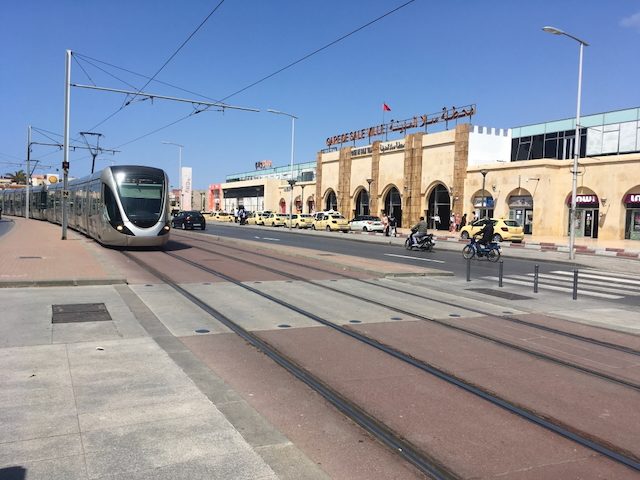
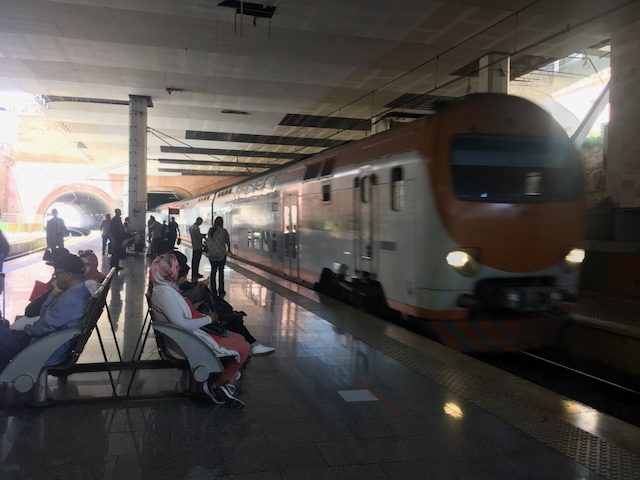
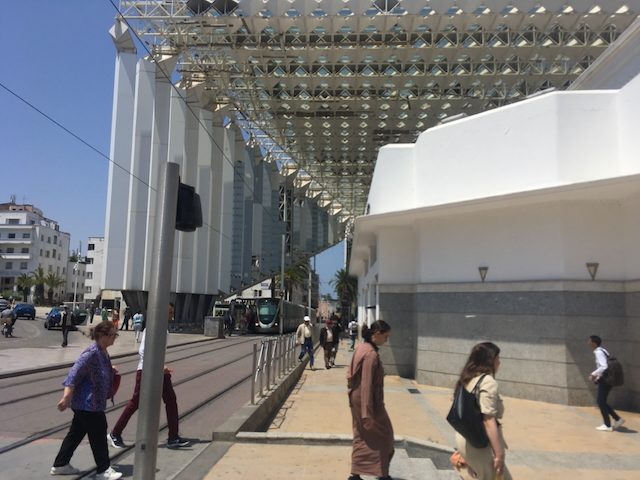
Getting Around Rabat-Salé by Tram
The Rabat-Salé tramway, which opened on May 11, 2011, represented Morocco’s first modern tram system. Built at a cost of 3.6 billion Moroccan dirhams, it remains one of only two mass transit systems in the country alongside Casablanca’s network. As of 2024, the system operates two lines covering 26.9 kilometres (17 miles) with 43 stations, connecting Rabat and Salé across the Bouregreg River. Plans are underway for network expansion, scheduled for completion in 2028.
Single journey tickets cost 6 dirhams (60 US cents) as of 2025 and allow unlimited travel across the network for one hour after first validation. You’ll need to validate your ticket when boarding each tram, and you can transfer between lines within the one-hour window. I found it convenient that you can buy tickets in advance since they remain valid until first use. While monthly passes are available, there aren’t any shorter duration passes offered.
I found the tram extremely useful for exploring both cities. It not only provided efficient transportation but offered fascinating views along the way – I often hopped off when something caught my eye. The network connects both main train stations and key tourist sites, while also giving me a broader glimpse into everyday Moroccan life. This made it perfect for both getting around and experiencing the cities more authentically.
